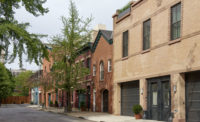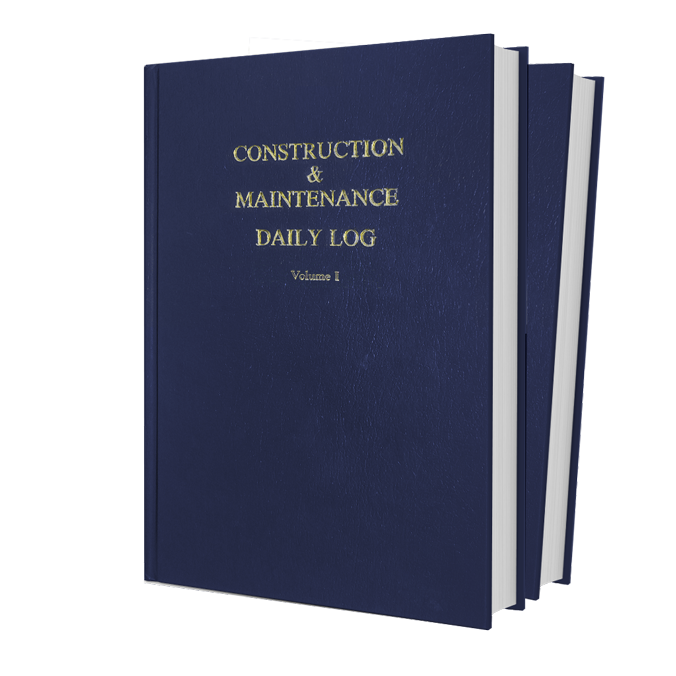New Yorkers, especially Upper East Siders, thought the day would never come. But after many false starts, numerous delays, and seemingly unending construction grime and inconvenience, the Second Avenue Subway (SAS) finally opened—nearly 90 years after it was first proposed.
The just-inaugurated 2-mile stretch, which connects the Upper East Side to Midtown, is only a portion of what could ultimately be an 8.5-mile-long line, stretching from Manhattan’s southern tip to Harlem. But already, even in its partially realized state, the SAS has relieved some of the pressure in other parts of the city’s overburdened transit system.
But this $4.5 billion first phase, funded by the state and federal governments and the MTA, is more than a means of traveling quickly and efficiently between points A and B. The gleaming platforms for the line’s three new stations, which sit as far as 55 feet below the street, are reached by way of capacious mezzanines that recently retired architect Ken Griffin, the former national practice manager for transportation at AECOM, describes as “civic quality spaces.” (A joint venture of AECOM and ARUP served as the project’s prime engineering and design consultant.) These intermediary levels feature vaulted, coffered ceilings and robust but handsome materials, including granite, ceramic tile, and exposed concrete.
Griffin says the mezzanines are “almost like a museum,” a claim that is not so outlandish given that they are home to an ambitious public art program, with permanent installations by Chuck Close, Sarah Sze, Jean Shin, and Vik Muniz. People on their way to and from the platforms stop to interact with the pieces, often taking photos with the murals or touching the textured mosaic surfaces.
At street level, the station entrances announce themselves with winglike awnings of glass and stainless steel. Elsewhere, aboveground, the goal was to be less conspicuous. Multistory ancillary structures—one for each station—house ventilation towers and address new smoke-evacuation requirements. These are camouflaged in terra-cotta louvers meant to tie the enclosures to the predominantly masonry buildings surrounding them. “The material relates to brick but isn’t brick,” explains Griffin.
The next phase of the project, slated to extend the line uptown another 2 miles and cost $6 billion, according to some estimates, will be designed by architect-engineer STV and global engineering consultant WSP/ Parsons Brinckerhoff. The timetable for construction has yet to be announced. With any luck, New Yorkers won’t need to wait another 90 years.
Back to Design for the Public Realm










Post a comment to this article
Report Abusive Comment